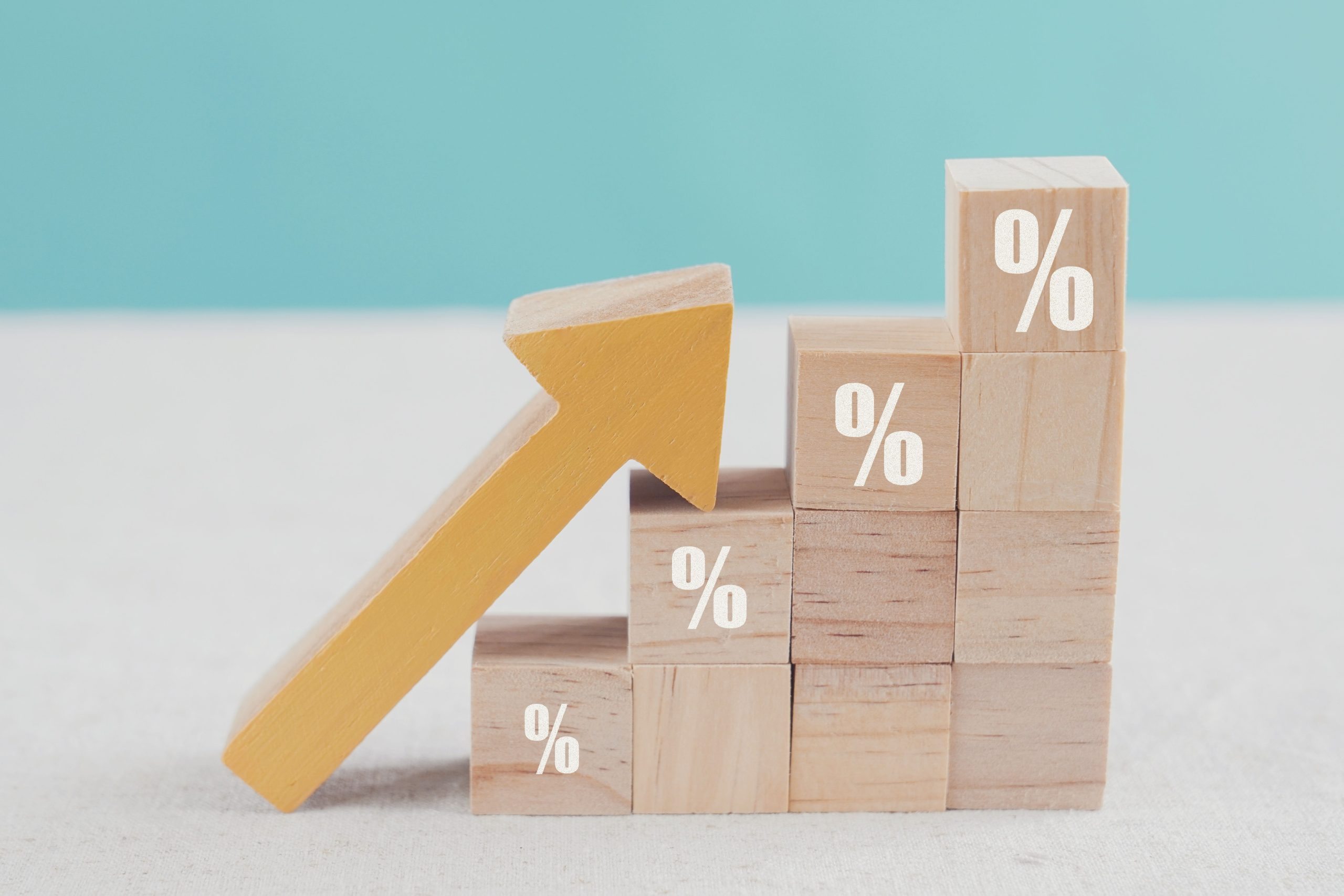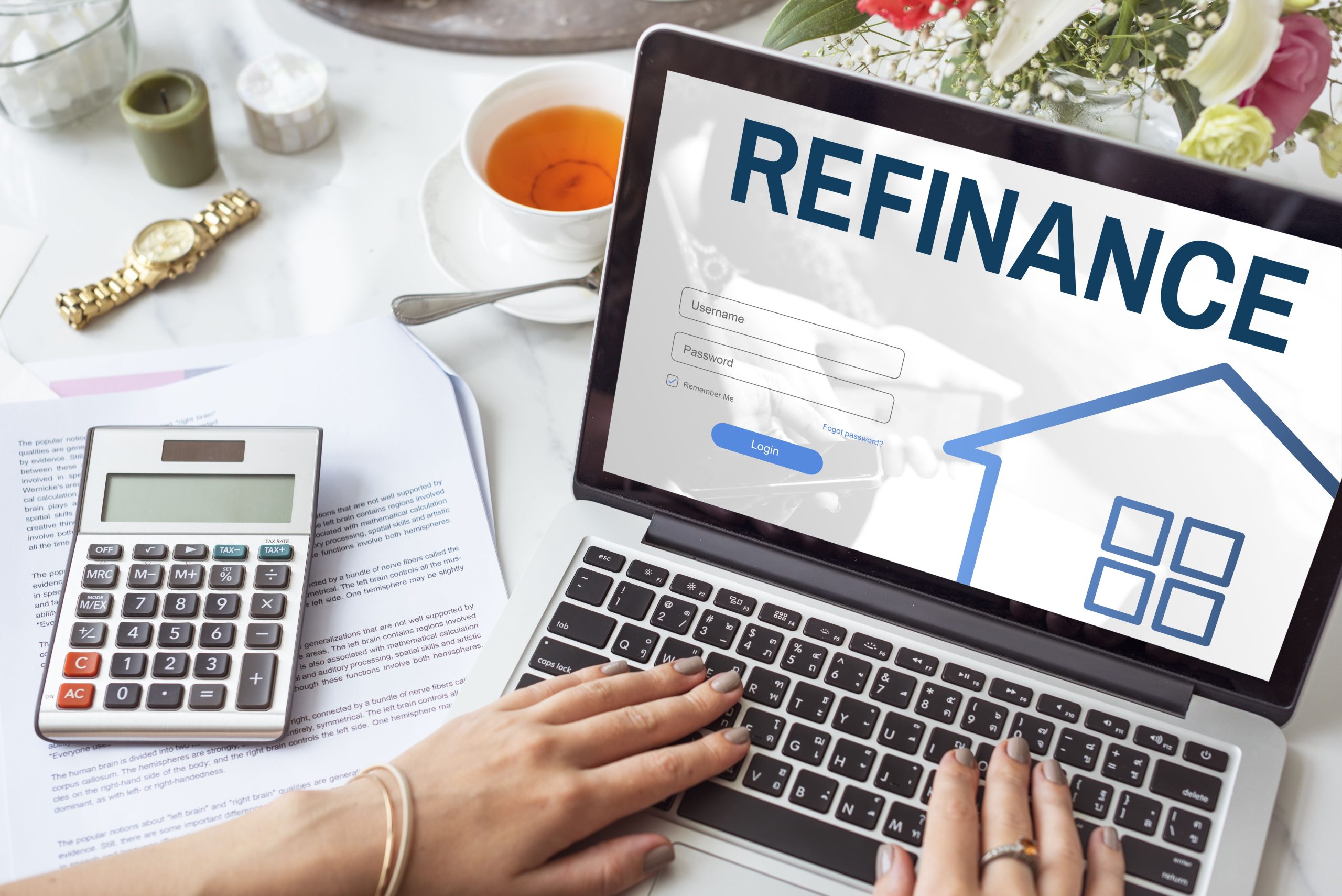At Reliant Mortgage, we understand that loan officers are the backbone of the mortgage industry…

Ultimate Checklist for Buying a House
July 1, 2020 by Lexi Klinkenberg
Most Americans consider buying a house as a significant life goal. Homeownership offers stability and a sense of security and safety and for some, it is an essential rite of passage into adulthood. As you pursue your dream of homeownership, it’s crucial to understand the many moving parts to the home buying process and protect yourself from the risk of becoming “house broke.” This ultimate checklist for buying a house will help you cover all your bases. Get a QUOTE from us today.

Know how much you can afford
Determining how much house you can afford is the first step in the buying a house checklist – getting this number set will relieve stress in the long run. Start with your current budget and calculate your monthly income and expenses. Don’t forget to take into consideration the price variance in different locations. For example, a home in Dallas, TX has a lower median sales price than a home in Manhattan, NY. The safest rule of thumb dictates that your mortgage loan payment should not exceed 28% of your gross earnings each month. Your lender will use this number as an initial benchmark in their calculations to determine the loan amount for which you may qualify.
Here’s a quick example: Say your monthly gross income is $8,000. You’ll take $8,000 x 28 = $224,000. Now divide the total by 100. $224,000/100 = $2,224 is the maximum monthly mortgage payment, including principal, interest, taxes, house insurance (PITI) plus mortgage insurance, that you could afford according to the 28% rule.
Save, save, save for a down payment
When you can pay 20% of a home’s purchase price as a down payment, you’re in a good position with your mortgage lender. That 20% down payment eliminates the extra monthly payment for private mortgage insurance, or PMI. PMI lenders require that every loan amount exceeds 80% of the purchase price – you pay that insurance to reduce the bank’s risk if you default.
PMI gets tacked onto your monthly payment so that 20% down payment you save for will make your monthly house payment lower. Depending on your status and circumstances, there are loans available with much lower down payment requirements from 3.5% to 10%. If you’re a veteran you may even qualify for a no down payment mortgage known as a VA loan. Whatever your situation, you’ll want to start saving each month for your down payment.
Check your credit rating, and if necessary, take steps to improve it
The type of loan you’ll qualify for – and at what interest rate – will depend on your credit score. Lenders use your FICO score as the basis to determine your credit-worthiness for a mortgage. Knowing your credit rating will help you understand if you need to improve your credit score to qualify for a loan. Your lender can help you identify which debts to pay down or pay off first, and which lines of credit to keep open to make the best improvement to your credit.
If you notice something on your credit report that shouldn’t be there and is driving down your credit rating, consider contacting a credit repair company to help mitigate credit issues and get your score headed in the right direction.
Research mortgage options and get pre-approved for a home loan
Different lenders – banks, credit unions, and mortgage companies – all offer different mortgage options. Do your research with each of these different lenders before you choose the one to finance your purchase. Once you have chosen the lender you want to use, get a mortgage pre-approval. Most real estate agents will require you to be pre-approved as well. This pre-approval puts the realtor in a position to negotiate with confidence on your behalf. And it strengthens your offer to the seller because it means that a bank is already willing to lend you the money, improving the likelihood of closing the sale. This is an important step for your buying a house checklist.

Find a good real estate agent
You’ll want to find a real estate agent who listens to you and understands your goals and needs for buying a house. Ask your friends and family for referrals to an agent they’ve worked with and felt did a good job of representing their interests. If you’re moving to a new area, look at online reviews and see who you think would be best to represent your interests, and who will take the time you need to find your perfect house. Be sure you are comfortable with the person you choose – you could be spending a lot of time with them in the short term.
Discover the area and neighborhoods you’d like to live in
Explore different neighborhoods and locations to get a feel for whether you would like to live there. Surprisingly, many people overlook this key consideration in the buying a house checklist before they start looking for a home. When you take the time upfront for this exploration, you’ll be able to watch for houses in those areas that meet your criteria – rather than jumping at what might be the right house in a location where you don’t want to live.
Look for local amenities and services that support your lifestyle, such as a school, hospital, grocery, and other retail shopping, a gas station, or public transit. Drive around at different times to see what’s going on in the neighborhood. Check it out during the week and on weekends, as well as during the day and evening.
Know what to look for and find that perfect home
Once you have zeroed in on a neighborhood or area you like, you’ll want to decide how many bedrooms and bathrooms you prefer and the overall square footage of your ideal home. You don’t need to worry about every nook and part of the home, but understand that an average two-bedroom home in the U.S. is between 1,600-1,800 square feet. A “small” house is less than 1,000 square feet. While a “large” house comes in at 3,000 or more square feet.
Now that you’ve set your search criteria and started looking for a home, you’ll want to make a buying a house checklist with the home features you want before you begin your home tours.
Watch out for these red-flag items, which come with varying, but sometimes significant costs to repair or replace if you make an offer on the house:
- Roof – look for shingles that are curling or peeling.
- Windows – are they clear, or do they show evidence of moisture or fog between the panes? Are they single- or double-pane?
- Furnace – is there a sticker indicating it’s been serviced regularly? Is it more than 15 years old, and is it working?
- Air conditioning – is it more than 15 years old, and is it working?
- Water Heater – is it more than ten years old? Is there any rust or calcium build-up around the base?
- Flooring – look at the floor’s condition and determine if it can be cleaned up or if you’ll need to replace it before moving in.
- Paint – how has the paint held up, both interior and exterior? Is it dirty but solvable with good cleaning, or will you need to repaint?
Be fair, but factor in your anticipated repair and maintenance costs in the short term. You may not need everything to be in perfect condition if the house fits your criteria otherwise, but you want to understand your risk of big expenses in the near future.
Attend open houses and home tours
Watch the ads for open houses and start visiting those homes that fit your criteria. If they are in your chosen location, that’s ideal but not essential. Open houses outside of your desired location can be considered test houses, which will at least give you an idea of what’s on the market in your price range. You can also attend virtual home tours if you don’t have the time to make it out to a house you want to look at. These tours can help you identify the type of home you like, the layout you want, and the features you want or don’t want in your home.

Make an offer
If you’re pre-approved and find the right home during one of your home tours, you’re ready to make an offer. Your real estate agent will help you complete the offer letter, and make sure you’ve included all the important details in your offer – timing, exclusions, contingencies, etc. Your realtor sends your offer to the seller’s real estate agent, and they decide if they agree with your offer price and terms.
Negotiate
During the negotiations phase, a good real estate agent demonstrates real value to help buyers and sellers strike a deal. Your real estate agent can help you determine what to include in the offer. They can also help guide how you should respond to a counter-offer when the seller didn’t agree to your first offer, but they didn’t reject it outright. They may counter some or all of the requests in your offer. You can determine whether you can go along with the counter-offer items and if you’ll counter back.
Once you’ve come to terms and the seller accepts your offer …. congratulations, you’ve purchased a house!
Find a great home inspector and schedule a home inspection
You’ll want to get a home inspector to walk through the home to ensure there are no major repair or system issues. They will check that the plumbing, electrical, and fixtures (like windows) are all up to code and make sure there are no maintenance issues. Your lender may require all of this to close the loan, and your realtor can help you set it up.
Get a home appraisal
Your lender will send in a home appraiser to determine if the value of the home is equal to or less than what you offered to pay. There may be several factors at play here, but typically the offer and appraised value should be close for your lender to finalize your home loan. Every lender differs on their specific criteria.

Renegotiate
If either your home inspector or the appraiser finds fault in the home, you may need to renegotiate your purchase offer. Your real estate agent can help you with this process, which allows you to adjust your offer in light of the findings, or cancel the offer altogether. On the original offer, these items are often called contingencies.
Hire a real estate attorney to make sure you’re covered
Especially if you are not using a title company to finalize the purchase, you’ll want to hire a real estate attorney to review your offer and all related documents, like the inspection and appraisal. The attorney will make sure you didn’t overlook anything in the contract, and that all the agreements you and the seller made are met.
Close on the home
When your due diligence is complete, and your lender has approved funding your loan, you can close on your home. This means the money will be exchanged, and the deed will now transfer from the seller to you. You now officially own the home. The deed gets recorded at the county courthouse, and you are now listed on public record as the property’s owner. A title company or a real estate attorney can close and record the transaction.
There are many moving parts to consider when you’re looking to buy a house. When you understand these basics, you’ll be in a good position to assess your credit, apply for a loan, and successfully navigate the actual house purchase. The trip to homeownership may seem daunting, but with this buying a house checklist in hand, you’ll be in control and be a homeowner in no time.




